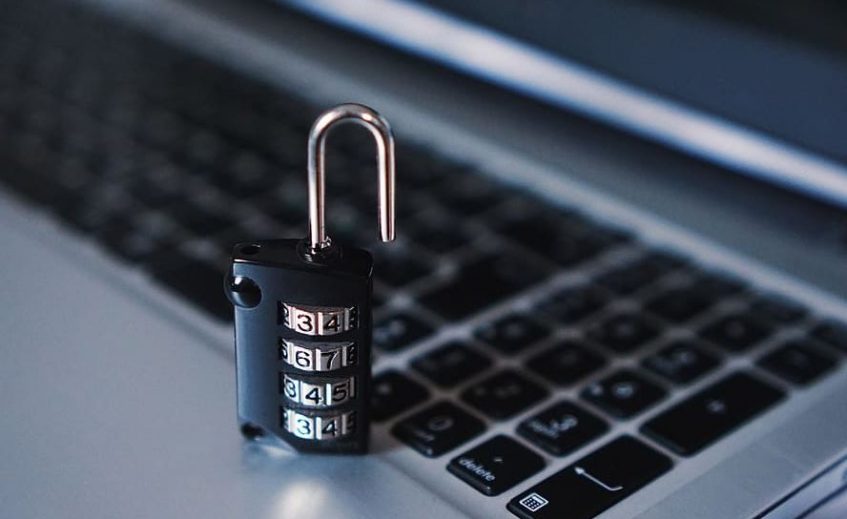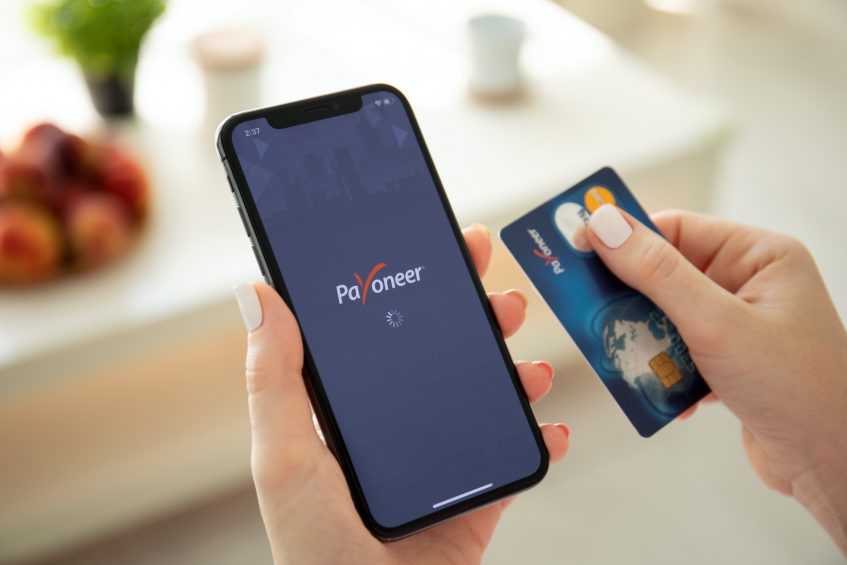
5 Tips for Sending and Receiving International Payments Safely
Digital payments continue to grow with popularity worldwide and whether you’re paying for a received product from an international vendor, or transferring payroll to a remote employee, it’s important to know what you can do to protect your funds when sending and receiving international payments. Today, there are numerous online platforms for secure payment transfers that help make this process even easier.
Despite the ease and convenience, transferring funds digitally can be a way for criminals to steal your information, so it’s important to know how to protect yourself. Even well-regarded international payment providers have been targeted by fraud and phishing scams. For example, in 2018 Western Union lost a class-action lawsuit filed by customers cheated by wire transfer scams and had to pay $586 million in compensation to the victims.
So, what steps can you take to protect yourself? Here we go over top tips to ensure your funds are sent safely.
1. Secure Your Device
Make sure that the computer or mobile device you are using for the transaction is completely secure. Update the device’s operating system and any software or applications that you will be using to transfer the payment. It is especially important to make sure your anti-virus program is up to date and running correctly to make sure you aren’t being targeted by financial malware that will steal your personal information. In addition, never use public computers or shared devices to transfer funds.


2. Check Payment Details (Then Check Again)
Even if you trust the person or business that you are sending a payment to or receiving a payment from, it is still important to verify all the information, including full name, account numbers, email address, phone numbers, etc. Once a transfer has been made, it cannot be undone so don’t accidentally send a payment to the wrong person. Reviewing transaction details is also crucial for receiving payments – a bogus sender can use your personal information to steal your information. Do not accept any payment that you weren’t expecting to receive.
3. Use Strong Passwords
The stronger your password, the less likely it is that an online scammer will be able to hack your account. It’s best not to use your birthday, address, name or other easily obtainable personal information. Instead, use a mixture of characters including numbers, different letter cases, and symbols. Multi-factor authentication (MFA) can also help protect you from scams by letting you know right away if someone is trying to access your account.
4. Only Send Funds to People You Know
This may seem obvious, but scammers rely on convincing people to send payments to strangers. Once a payment is sent and received, it cannot be recovered or tracked. Most wire transfer companies will not mediate disputes between senders and recipients, so due diligence is the sole responsibility of the customer. Even if the person or company asking for the payment knows your personal information, this doesn’t mean they are trustworthy. If you receive an email containing sketchy requests or links, do not respond or any open links or files.
Some telltale signs of a wire transfer scam are:
- A stranger asking you for payment to get them out of trouble
- A request for a wire transfer to secure a prize you have allegedly won
- A sent check for a “wrong amount” that you are instructed to deposit and then transfer the difference
- Requests for passwords or PIN numbers
5. Use a Trusted Payment Provider
Every business needs a way to secure payments, but with so many choices out there, it can be quite intimidating. That’s why choosing a payment provider is a critical decision. Yes, certain benefits and features from payment solutions can seem appealing, but these solutions should also be paired with solid security.
Send and Receive International Payments Safely with Payoneer
With Payoneer, the security of our customers’ cross-border payments is our number one priority. We offer you trust that your funds are safe when working with us and continuously communicate with our customers in order to quickly detect suspicious activity. Our technology has been proven to prevent all kinds of cyberattacks targeting our customers.


In fact, Payoneer offers multiple safety methods that keep bots and hackers from reaching a user’s account. Some of these methods include:
- 2-step verification* – Payoneer uses 2-step verification to help ensure that no malicious actors are able to break into your account.
- Bot-locating software – Tracks bot activity on our website according to typing speeds and mouse movements.
- Duplicate-site tracking – Tracks duplicate sites when attackers try to fool users into visiting the fraudulent site and entering their login details.
- Proactive user–account searches – Multiple cyber-intelligence services are used to proactively search both the clear and dark web for compromised customer account details, meaning if a user’s login information is found, the user is immediately notified, and their password is changed.
*Currently, 2-step verification is available in Europe and certain other countries and is expected to be fully rolled out in the coming months.
If you have any questions about account security, please feel free to contact our customer care team and we’ll be happy to help.
Bottom Line
Fraudsters are getting better at convincing victims that they are legit, so it’s critical to remain vigilant and know exactly who you are sending payments to and from who you are receiving them. These vulnerabilities attest to how important it is to use a payment provider that is trustworthy and secure.
Need a safe and easy way to send a payment or get paid?




